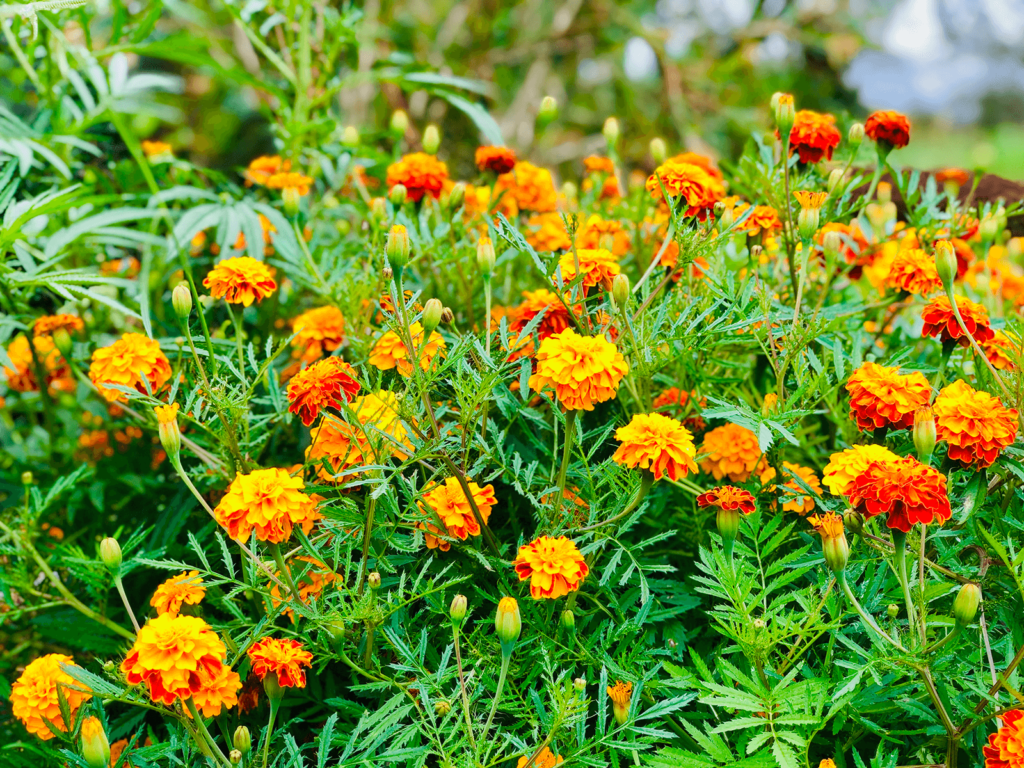How to Create a Wildlife-Friendly Garden with Professional Landscaping in Kenya

Introduction
A wildlife-friendly garden is more than just a beautiful outdoor space—it’s a sanctuary for birds, insects, and small animals. In Kenya, where biodiversity thrives, creating such a garden can support local ecosystems while enhancing the charm of your property. With the help of professional landscaping, you can design a garden that attracts and nurtures wildlife. Here’s how to make it happen.
1. Incorporate Native Plants
Native plants are the foundation of a wildlife-friendly garden. They provide food, shelter, and breeding grounds for local species. Professional landscapers can recommend plants like acacias, aloes, and wildflowers that thrive in Kenya’s diverse climates. These plants require minimal maintenance and are naturally suited to support wildlife.
2. Create Diverse Habitats
Wildlife thrives in gardens with varied environments. Incorporate different elements such as:
- Shrubs and trees for nesting birds.
- Flowering plants to attract pollinators like bees and butterflies.
- Tall grasses and ground cover for small mammals and reptiles.
A professional landscaper can design your garden to include these features seamlessly.
3. Provide a Water Source
Water is essential for wildlife. Adding features like birdbaths, small ponds, or water fountains can attract a variety of species. Ensure the water source is shallow and safe to prevent accidents. Landscaping experts can install and maintain these features to keep them clean and functional.
4. Avoid Harmful Chemicals
Chemical pesticides and fertilizers can harm wildlife. Opt for organic alternatives to protect the creatures visiting your garden. Professional landscapers can guide you in selecting eco-friendly products and pest management strategies.
5. Use Layered Planting Techniques
Layered planting creates a natural look while offering multiple habitats. For instance, taller trees can provide shelter for birds, while shrubs and flowers cater to insects and ground-dwelling animals. Professional landscapers know how to design these layers to maximize space and biodiversity.
6. Install Nesting Boxes and Feeders
Supplement natural resources with artificial structures like bird feeders, bee hotels, and nesting boxes. These additions encourage wildlife to settle in your garden. Consult a landscaper to position these structures effectively for maximum use.
7. Focus on Sustainable Landscaping
Sustainable practices, such as composting and rainwater harvesting, not only benefit your garden but also the environment. They create a healthier habitat for wildlife while reducing waste. A professional landscaper can integrate these practices into your garden design.
8. Add Natural Barriers and Pathways
Use natural materials like stone or logs to create pathways and barriers. These elements enhance the visual appeal of your garden while providing habitats for small creatures like insects and amphibians.
Conclusion
Creating a wildlife-friendly garden in Kenya is an excellent way to support biodiversity while enjoying a beautiful, thriving outdoor space. With the expertise of professional landscapers, you can design a garden that balances functionality, sustainability, and wildlife conservation. Start your journey today and transform your garden into a haven for nature.
Contact us today for more information on +254722144017 , hello@aquascapes.garden or visit our website.